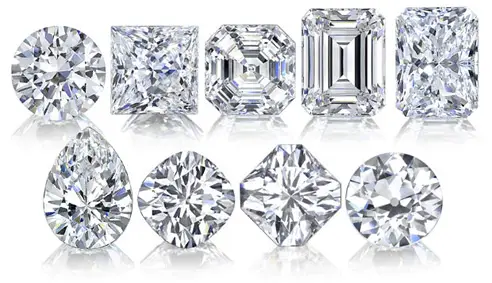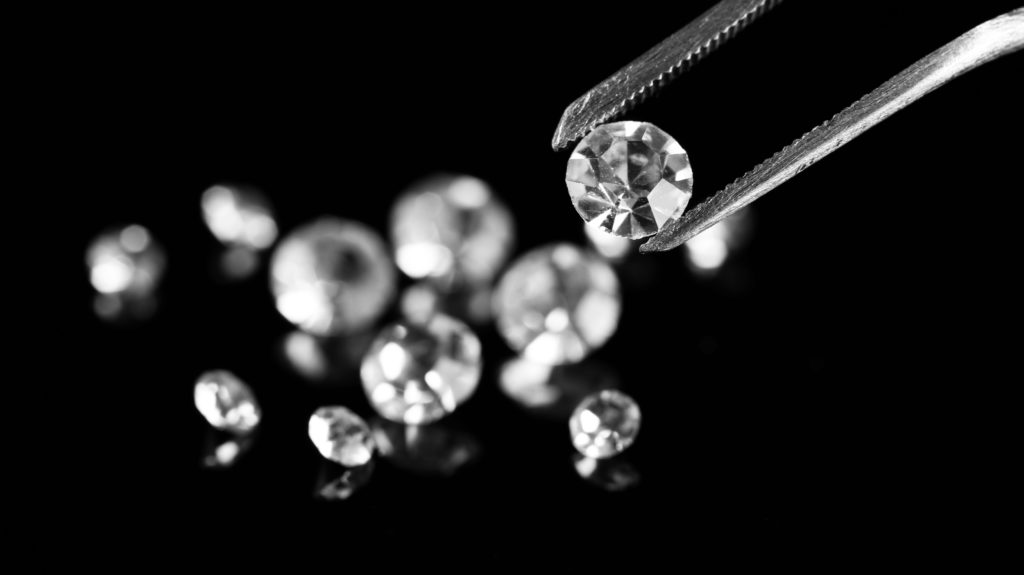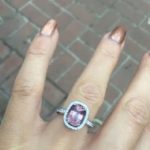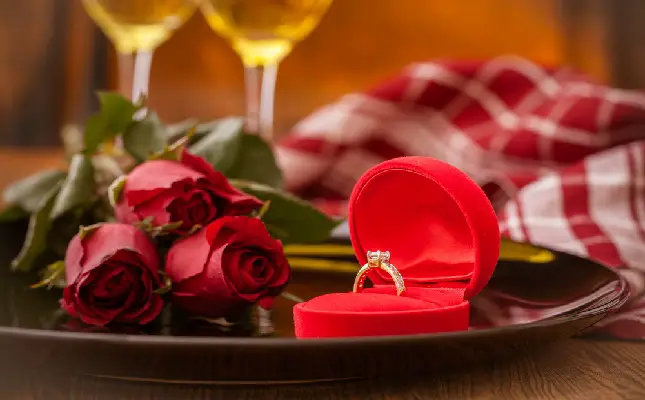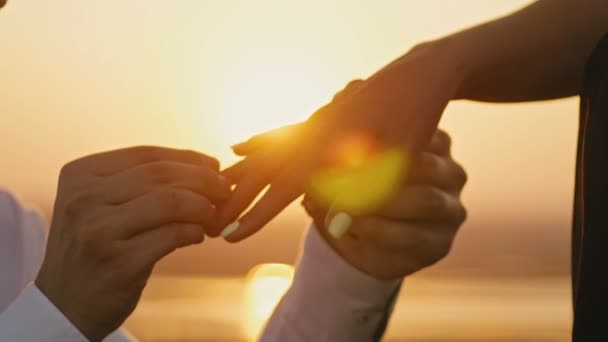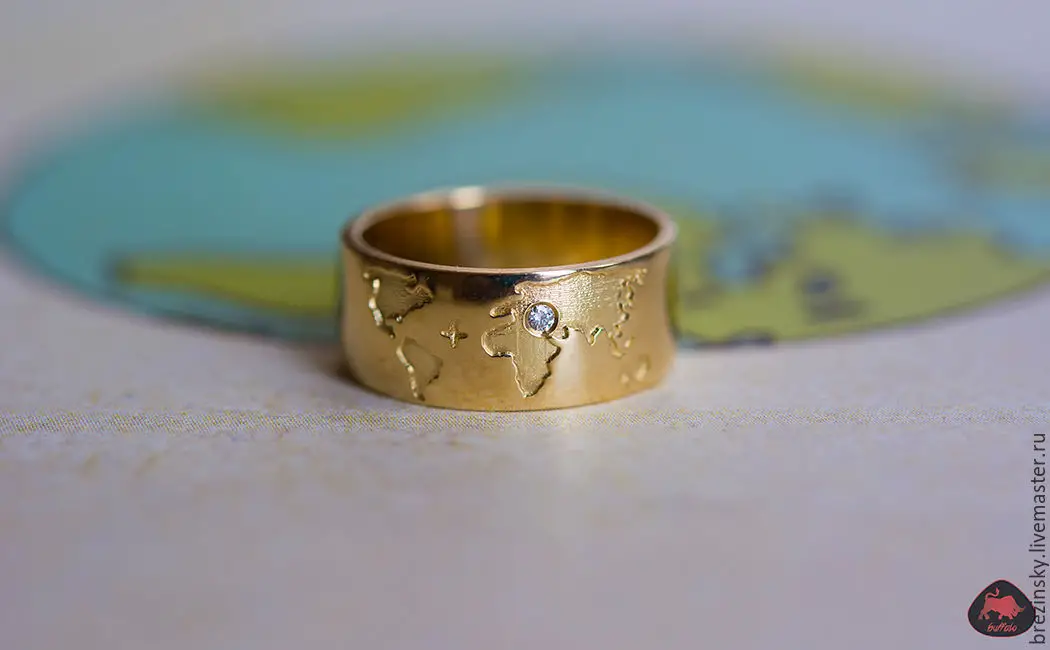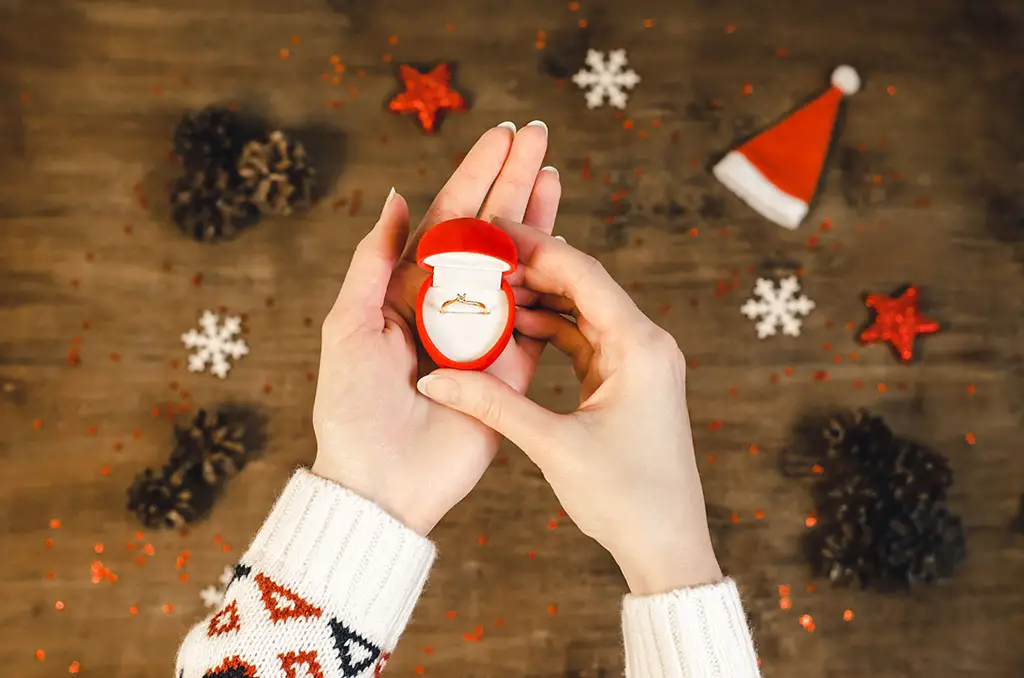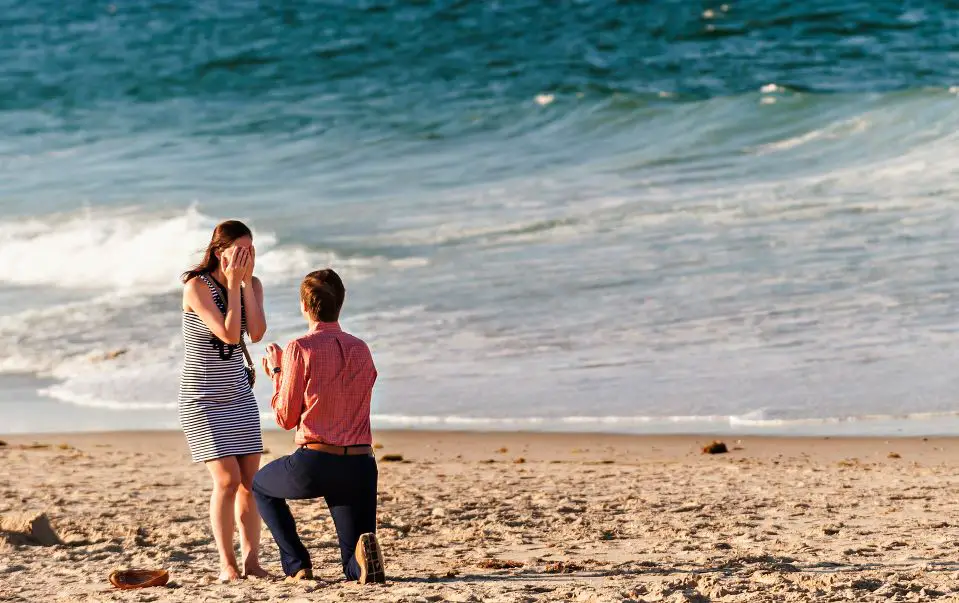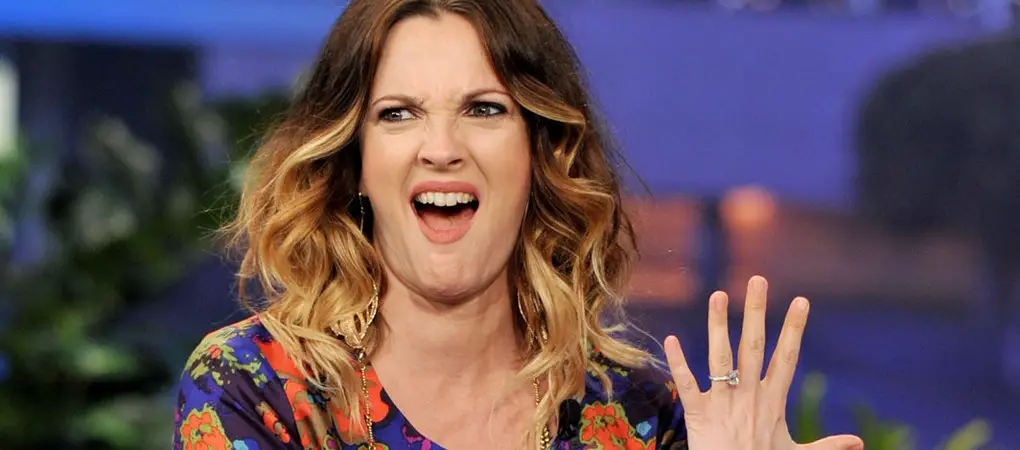If you’re getting your engagement ring custom made, chances are you and your jeweller will spend a lot of time sourcing loose diamonds for your design. Here’s a basic guide to how it all works…
Buying a loose diamond is not exactly the same as buying a preset stone already made up in a pretty engagement ring. It’s unlikely that any and every jeweller will sell you a loose stone straight away; although plenty will, you’ll probably need to find a wholesaler. In fact, this is usually a better way to go, because you’re cutting out the middleman (sorry, jewellery stores). Secondly, you’ll need to buy a loose diamond with at least a general design in mind – it makes it much easier to whittle out what’s unsuitable and find the perfect stone at the right cost. But before you make any major decisions, consider the following pros and cons…
Loose Diamonds vs. Mounted Diamonds
Buying a mounted diamond is obviously much more convenient than buying a loose diamond. All you need is cash and a sense of what you like and don’t like. You could have your dream engagement ring in one day of shopping, if that’s what you want! Loose diamonds however require more thought, planning and strategy. It also needs more skill and creativity to design your ring around the diamond – but that’s what jewellers are for!
Assessing the quality of a loose diamond is much easier than that of a pre-set diamond; you can see the entire stone unobstructed by metal and other stones. Always let your jeweller examine the stone for an expert, unbiased opinion – or better yet, let he/she source it for you – most will do this. Obviously, it goes without saying that a loose diamond bought wholesale will cost less than a similar quality and carat size stone already set in an engagement ring. This doesn’t necessarily mean that the overall process will work out cheaper; you’ll still need to pay for materials and craftsmanship.
Really, it comes down to a choice between flexibility and convenience, and that’s a choice only you can make!
Where to Buy Loose Diamonds
Every major city will have at least one diamond wholesaler; jewellery stores have to get their diamonds from somewhere, you know. Find yours, but do some research on their reputation before you make contact. If in doubt, ask your jeweller – they’ll be full of recommendations or may be willing to source stones from abroad directly for you (for a price).
Buying loose diamonds online is also becoming a big business. Again, it’s of vital importance to make sure you buy from a reputable source. Blue Nile and James Allen are two online retailers with sterling reputations, and always worth a look to set a benchmark for price, quality etc. Whether you’re buying online or in person however, you’ll need to factor in extra time for the diamond to be shipped to you. Jewellers don’t as a rule keep a wide selection of loose diamonds to hand.
If you’re willing to travel around the world to find your dream diamond, Antwerp in Belgium is the diamond trade centre of the world. Major cities like London, New York, Paris, Mumbai, Dubai and Bangkok also have a wealth of expert diamond cutters and burgeoning jewellery trades.
Certification and Verification
The golden rule for buying loose diamonds is this; if it doesn’t have an authentic certificate, don’t buy it. Your loose diamond should be traceable right back to the mine it came from, and the certificate should be from a reputable gem lab such as the GIA, AGS, EGL or IGI. It will also set out the 4Cs and other technical specifications of your stone, which is important for the next part in this step; getting the diamond independently verified. If you’ve bought it without the guidance of your jeweller (which we would NOT advise), take it to them to have a look at. Even if you trust your jeweller completely, it still couldn’t hurt to get the stone appraised after you’ve bought it.
Oh, and never, ever buy a loose diamond that you can’t return within a set period; it’s a recipe for disaster. If you don’t read the small print and end up buying a stone that’s not what you thought it was, you could end up with an empty bank account and a valueless gem. Always read every piece of paperwork your seller gives you in detail, and don’t be afraid to question them on their policies.
Other Tips and Tricks
- Source your jeweller first before your loose diamond; their advice will be invaluable. Remember they’re the expert, not you! They can also help you make important designs such as budget, design choices and whether you want to emphasise colour, carat size or quality of your loose diamond.
- Overestimate the amount of time you’ll need from start to finish; by which we mean, from starting the gem search to receiving the finished ring. Sourcing the diamond itself could take months, then it will need to be shipped to your jeweller (which could also take weeks depending on where it’s coming from), and only then can you start working on a design. Give yourself at least a couple of months, and don’t be surprised if the whole thing takes half a year or longer.
- Manage your expectations. Most first time diamond buyers are disappointed to find that the diamonds within their budget are much smaller than they wanted. Don’t sacrifice quality for carat size; what good is a huge stone if it doesn’t have that telltale sparkle? You’ll need to find a happy balance between what your dream ring would be if money was no object, and what you can realistically create within your budget constraints. There’s no such thing as a flawless, affordable, large diamond – unless you’re already very rich!
- Let your jeweller take the lead when designing the ring. By all means, give them as many ideas as you want and talk at length about what you like or don’t like. But once you’ve decided on a final design, leave it at that and let them do their job. This is what they do!
